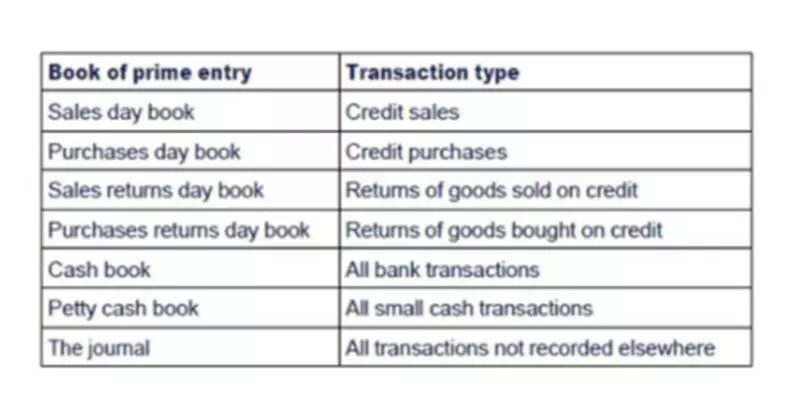
LIFO reserve is the difference between valuation as per FIFO and valuation as per LIFO. If the prices of goods purchased are increasing due to inflation and various other factors, then the LIFO Reserve shows the credit balance. Investors also analyze the LIFO Reserve before investing as it is part of profit or retained earnings.
This is a particularly complex tax issue which should be explored by professional tax advisors on a case by case basis. So far, discussions have been based on the assumptions of rising prices and stable or growing inventory quantity. However, LIFO reserves can decline for either of the two reasons listed below. In either case, the COGS will be smaller and the reported income will be higher relative to what they would have been if the LIFO reserve had not declined. However, the implications of a decline in the LIFO reserve on financial analysis vary, depending on the reason for the decline. Because of these benefits, entities may choose to report profits on the basis of LIFO but use FIFO for internal reporting, cost accounting or other decision making purposes.
What is LIFO Reserve?
To defer taxes indefinitely, purchases must always be greater than or equal to sales. A LIFO liquidation may lifo reserve signal that a company is entering an extended period of decline (and needs the “profit” to show as income).
- It proves to be a prerequisite for analyzing the business’s strength, profitability, & scope for betterment.
- The balance sheet, income statement, cash flow statement, and other key financial ratios reflect the choice and impact stakeholders’ decisions.
- For internal reports, which are viewed by shareholders that benefit from company profit, the FIFO method is typically used because it presents the actual or reasonably expected profit the company stands to generate.
- The LIFO reserve is the difference between the reported LIFO inventory carrying amount and the inventory amount that would have been reported under FIFO.
- It means that the company is using the LIFO method to value their inventory and as a result, their COGS will be higher.
LIFO InventoryLIFO is one accounting method for inventory valuation on the balance sheet. LIFO accounting means inventory acquired at last would be used up or sold first. For dealers facing significant LIFO recapture, there are a few options to consider.
LIFO Reserve definition
It helps making comparisons easy even if entities are using two different cost assumptions i.e. one using LIFO and other using FIFO. Better reflection of physical flow of inventory i.e. using old units first. The LIFO reserve is the difference between the reported LIFO inventory carrying amount and the inventory amount that would have been reported under FIFO. By calculating LIFO Reserve, the comparison between the tax impacts of FIFO Inventory and LIFO inventory can be understood. If we subtract the LIFO Effect from the Cost of Goods sold in LIFO inventory, it will give COGS under the FIFO Inventory method.
Is LIFO reserve positive or negative?
What is a LIFO Reserve? In a persistently deflationary environment, it is possible for the LIFO reserve to have a negative balance, which is caused by the LIFO inventory valuation being higher than its FIFO valuation.
Most automobile dealerships value at least some part of their inventory using the Last-In-First-Out accounting method. In periods of rising prices and stable inventory levels, LIFO usually results in a deferral of income by an increase in the cost of goods sold. When prices are falling and/or inventory levels decline, the opposite can happen – that deferral of income reverses; this is known as LIFO recapture. Reflects the difference between inventory at the lower of LIFO cost or market and inventory at replacement cost or at the lower of some acceptable inventory accounting method , or market. If material, reflects an excess of replacement or current cost over stated LIFO value parenthetically on the balance sheet or in a note to the financial statements. If inventory unit costs rise and LIFO liquidation occurs, an inventory-related increase in gross profits will be realized. This increase in gross profits will occur because of the lower inventory carrying amounts of the liquidated units.
Accounting Topics
There are two main inventory valuation methods in accordance with generally accepted accounting principles ,LIFOandFIFO. It is common for companies to use the FIFO method to manage their inventory internally, while leveraging the LIFO method for financial statement presentation and tax purposes. A U.S. company’s accounting system uses FIFO, https://www.bookstime.com/ but the company wants its financial and income tax reporting to use LIFO due to the persistent increases in the cost of its inventory items. LIFO will result in the most recent higher costs being reported in the cost of goods sold resulting in less gross profit, less net income, less taxable income, and less income taxes than FIFO.

There are also chances of errors due to manual intervention as the value as per LIFO cannot be calculated by the system properly. Use to keep track of the difference between method used for internal purpose and method used for presentation purpose. To offset the difference if a negative occurred during the change in the method of valuation. It is also known as Revaluation to LIFO, Excess of FIFO over LIFO cost, and LIFO Allowance and helps different stakeholders to make a better comparison of the Net Profits reported by the Companies and various financial metrics. Cost Of Goods SoldThe Cost of Goods Sold is the cumulative total of direct costs incurred for the goods or services sold, including direct expenses like raw material, direct labour cost and other direct costs.
LIFO:
The LIFO reserve is an accounting measure that looks at the difference between the FIFO and LIFO cost of inventory. Learn accounting fundamentals and how to read financial statements with CFI’s free online accounting classes.
The LIFO method is applied for external reports, such as tax returns, given that the LIFO method assigns a higher cost to the goods sold during the year. By raising the cost, less taxable income is reported on the income statement; thus, the overall tax expense is also reduced. In order for external users to not be mislead about the true value of inventory, cost of goods sold, and profitability of the company, there needs to be a reconciliation between the two valuation methods. • To the extent the purchase price of the dealership goodwill relates to a multiple of earnings, does LIFO play a role? Yes, as any dealer who has been on LIFO knows, the deductions or income attributable to LIFO which are required to be reflected on the financial statements can dramatically affect the net profit of the dealership.
Definition of LIFO Reserve
Using different inventory methods for internal and external reporting, companies want to evade high corporate taxes in inflation time. If the LIFO reserve account balance goes up or down, additional costs are then added on to the costs of the goods the company has sold throughout the year. This information is integral for investors because it enables them to see how inflation affects the value of the company’s inventory, or it allows them to determine the taxation benefits of using the LIFO or FIFO accounting methods.
Inflation and Oil Price Spikes Revive Case for LIFO Repeal – Tax Policy Center
Inflation and Oil Price Spikes Revive Case for LIFO Repeal.
Posted: Thu, 12 May 2022 07:00:00 GMT [source]
If the dealership buy-sell is an asset sale, the selling dealership entity would likely recapture the entire LIFO reserve as ordinary income in the year of sale. In this instance the actual tax liability on the LIFO reserve has been triggered in full.
0 Comments